Description
Familiarity with treatment
The High-Definition Brazilian Butt Lift (HD BBL) is an advanced technique of the traditional Brazilian Butt Lift procedure. It is designed to create a more sculpted and defined appearance of the buttocks by enhancing their shape, contour, and muscular definition.
The HD BBL involves a combination of liposuction and fat transfer to achieve the desired results. The procedure begins with liposuction, where excess fat is removed from areas such as the abdomen, flanks, and back. This helps to contour and sculpt the surrounding areas, creating a more defined waistline and hourglass figure.
The harvested fat is then processed and purified before being strategically injected into specific areas of the buttocks to enhance their shape and projection. The fat is carefully placed to create a more sculpted and athletic appearance, emphasizing the natural curves and contours of the buttocks.
The goal of the HD BBL is to create a more three-dimensional and defined look, similar to the appearance of well-toned muscles. This is achieved by targeting specific areas of the buttocks to enhance their volume and shape, while also accentuating the underlying muscular structure.
The HD BBL requires a high level of skill and expertise from the plastic surgeon performing the procedure. They must have a deep understanding of the anatomy of the buttocks and the ability to sculpt and contour the area to achieve the desired results.
Who is it suitable for?
The High-Definition Brazilian Butt Lift (HD BBL) is suitable for individuals who desire to achieve a more sculpted and defined appearance of their buttocks. However, it is important to note that not everyone is a suitable candidate for this procedure.
Ideal candidates for the HD BBL typically:
- Have good overall health: Candidates should be in good physical health and free from any underlying medical conditions that could increase the risks associated with surgery and anesthesia.
- Have sufficient fat deposits: The HD BBL involves using fat from other areas of the body through liposuction. Candidates should have enough excess fat in areas such as the abdomen, flanks, or back to be harvested for the fat transfer.
- Have realistic expectations: It is important for candidates to have realistic expectations about the outcomes of the HD BBL. While the procedure can enhance the shape and contour of the buttocks, it is important to understand that individual results may vary.
- Are committed to a healthy lifestyle: Maintaining a healthy lifestyle, including regular exercise and a balanced diet, is important both before and after the procedure to optimize results and maintain long-term satisfaction.
- Are non-smokers or willing to quit smoking: Smoking can impair the healing process and increase the risk of complications. Candidates who smoke may be required to quit smoking for a certain period before and after the procedure.
Who is it not suitable for?
The High-Definition Brazilian Butt Lift (HD BBL) may not be suitable for everyone. There are certain factors and conditions that may make an individual ineligible for the procedure. Some reasons why someone may not be a suitable candidate for the HD BBL include:
- Insufficient fat deposits: The HD BBL involves using fat from other areas of the body through liposuction. If a person does not have enough excess fat in areas such as the abdomen, flanks, or back, there may not be enough fat available for the fat transfer to the buttocks.
- Poor overall health: Individuals with certain medical conditions, such as uncontrolled diabetes, heart disease, or compromised immune systems, may not be suitable candidates for surgery. It is important to have good overall health to minimize the risks associated with the procedure and anesthesia.
- Unrealistic expectations: It is important for candidates to have realistic expectations about the outcomes of the HD BBL. If someone has unrealistic expectations or desires a dramatic change that may not be achievable, they may not be suitable candidates for the procedure.
- Active smoking: Smoking can impair the healing process and increase the risk of complications. Candidates who are active smokers may be required to quit smoking for a certain period before and after the procedure to minimize the risks.
- Pregnancy or breastfeeding: It is generally recommended to wait until after pregnancy and breastfeeding to undergo the HD BBL. Pregnancy and breastfeeding can cause changes in the body shape and weight, which may affect the long-term results of the procedure.
- BMI and weight considerations: Individuals with a high body mass index (BMI) or who are significantly overweight may not be suitable candidates for the HD BBL. The procedure is typically more effective for individuals who are closer to their ideal body weight.
Advantages
The High-Definition Brazilian Butt Lift (HD BBL) offers several advantages for individuals seeking to enhance the appearance of their buttocks and achieve a more sculpted and defined look. Some of the advantages of the HD BBL include:
- Enhanced buttock shape and contour: The HD BBL is specifically designed to create a more sculpted and defined appearance of the buttocks. The procedure targets specific areas of the buttocks to enhance their shape, projection, and muscular definition, resulting in a more aesthetically pleasing and athletic look.
- Customized results: The HD BBL allows for a high level of customization to meet the individual goals and desires of each patient. The surgeon can strategically inject the harvested fat to create the desired shape, contour, and definition, taking into account the patient’s unique anatomy and preferences.
- Natural-looking results: The HD BBL uses the patient’s own fat through liposuction and fat transfer, resulting in a more natural-looking outcome compared to synthetic implants. The fat is carefully placed to mimic the natural curves and contours of the buttocks, creating a result that blends seamlessly with the rest of the body.
- Dual benefit of liposuction: The HD BBL involves liposuction to harvest fat from other areas of the body, such as the abdomen, flanks, or back. This not only helps contour those areas but also provides a source of fat for the fat transfer to the buttocks. This dual benefit can result in a more sculpted and defined overall body shape.
- Minimally invasive: The HD BBL is a minimally invasive procedure compared to traditional butt augmentation surgeries that involve implants. It typically involves smaller incisions for liposuction and fat transfer, resulting in less scarring and potentially faster recovery time.
- Long-lasting results: The fat transferred during the HD BBL procedure has the potential to establish long-lasting results. However, it is important to note that some of the transferred fat may be reabsorbed by the body over time, and individual results may vary.
Complications
The Brazilian Butt Lift (BBL) is a popular cosmetic procedure that involves transferring fat from one area of the body to the buttocks to enhance their shape and size. While the procedure can provide desirable results, it is important to be aware of the potential complications that can arise, especially with a high-definition BBL. Some complications of a high-definition Brazilian Butt Lift may include:
- Infection: Any surgical procedure carries a risk of infection. In the case of a BBL, infection can occur at the incision sites or in the transferred fat. Infections can be treated with antibiotics, but severe cases may require surgical intervention.
- Fat embolism: During a BBL, fat is injected into the buttocks. In rare cases, some of the injected fat can enter the bloodstream and travel to other parts of the body, causing a fat embolism. This can be a life-threatening complication that requires immediate medical attention.
- Seroma: A seroma is a pocket of fluid that can develop under the skin after surgery. It can occur as a result of the body’s response to the trauma of surgery or from the accumulation of fluid in the area where fat was harvested. Seromas may need to be drained to prevent infection or other complications.
- Hematoma: A hematoma is a collection of blood that can accumulate under the skin after surgery. It can cause pain, swelling, and bruising. Large hematomas may need to be drained to relieve pressure and prevent further complications.
- Skin irregularities: In some cases, the transferred fat may not integrate well with the surrounding tissues, leading to uneven or lumpy areas on the buttocks. This can be corrected with additional procedures, such as fat grafting or liposuction.
- Scarring: Like any surgical procedure, a BBL can result in scarring. The extent of scarring can vary depending on individual factors and surgical techniques used. Proper wound care and following post-operative instructions can help minimize scarring.
- Changes in sensation: Some individuals may experience temporary or permanent changes in sensation in the buttocks or the areas where fat was harvested. This can include numbness, tingling, or hypersensitivity.
- Unsatisfactory results: Despite the surgeon’s best efforts, there is a possibility that the desired aesthetic outcome may not be achieved. It is important to have realistic expectations and communicate openly with your surgeon about your goals and concerns.
Preoperative care
Preoperative care refers to the preparation and steps taken before a surgical procedure to ensure the best possible outcome and minimize the risk of complications. Here are some important aspects of preoperative care:
- Medical Evaluation: Before undergoing surgery, you will typically undergo a thorough medical evaluation. This may include a physical examination, review of your medical history, and various tests such as blood work, imaging studies, and electrocardiogram (ECG). This evaluation helps identify any underlying health conditions that may affect the surgery or anesthesia.
- Preparing for Anesthesia: If your surgery requires anesthesia, you will meet with an anesthesiologist or nurse anesthetist to discuss your medical history, allergies, and any previous experiences with anesthesia. They will determine the most appropriate type of anesthesia for your procedure and provide instructions on fasting before surgery.
- Medication Review: It is important to inform your surgeon and anesthesiologist about all the medications you are currently taking, including prescription medications, over-the-counter drugs, and supplements. Some medications may need to be adjusted or temporarily stopped before surgery to reduce the risk of bleeding or other complications.
- Smoking and Alcohol Cessation: If you smoke or consume alcohol, it is advisable to quit or reduce your intake before surgery. Smoking can impair wound healing and increase the risk of complications, while alcohol can interfere with anesthesia and medication effectiveness.
- Preparing the Surgical Site: Depending on the type of surgery, you may be instructed to cleanse the surgical site with a special soap or solution before the procedure. This helps reduce the risk of infection.
- Fasting: In most cases, you will be instructed to avoid eating or drinking anything for a certain period before surgery. This is to prevent complications related to anesthesia, such as aspiration.
- Arranging Transportation and Support: It is important to arrange for someone to drive you to and from the surgical facility on the day of the procedure. Depending on the type of surgery, you may also need assistance with daily activities during the initial recovery period.
- Preoperative Instructions: Your surgeon will provide you with specific preoperative instructions, including when to stop eating and drinking, what medications to take or avoid, and any other preparations you need to make before the surgery. It is important to follow these instructions closely to ensure a smooth and safe surgical experience.
Postoperative care
Postoperative care refers to the care and steps taken after a surgical procedure to promote healing, manage pain, prevent complications, and support the patient’s recovery. The specific postoperative care instructions may vary depending on the type of surgery and individual circumstances, but here are some general aspects of postoperative care:
- Recovery Room: After the surgery, you will be taken to a recovery room where your vital signs will be monitored until you are stable. The medical staff will closely observe your condition and provide any necessary immediate postoperative care.
- Pain Management: Pain is common after surgery, and your healthcare team will provide appropriate pain management strategies. This may include medications, such as analgesics or opioids, as well as non-pharmacological methods like ice packs or relaxation techniques.
- Wound Care: Proper wound care is essential to prevent infection and promote healing. Your surgeon or nurse will provide instructions on how to care for your incisions, including cleaning, dressing changes, and any specific precautions to take.
- Activity and Rest: Your surgeon will provide guidelines on activity restrictions and when it is safe to resume normal activities. It is important to follow these instructions to avoid complications and allow your body to heal properly. Adequate rest and sleep are also crucial for the healing process.
- Medications: You may be prescribed medications, such as antibiotics or pain relievers, to take at home. It is important to take these medications as directed and complete the full course, if applicable.
- Follow-up Appointments: Your surgeon will schedule follow-up appointments to monitor your progress and remove any sutures or staples, if necessary. These appointments are important for assessing your healing and addressing any concerns or complications that may arise.
- Nutrition and Hydration: Eating a balanced diet and staying hydrated are important for the healing process. Your healthcare team may provide dietary recommendations and encourage you to drink plenty of fluids.
- Emotional Support: Surgery can be physically and emotionally taxing. It is important to have a support system in place to help you cope with any emotional or psychological challenges that may arise during the recovery period.
- Complication Monitoring: It is important to be aware of potential complications and seek medical attention if you experience any signs of infection, excessive bleeding, severe pain, fever, or other concerning symptoms.
- Follow Instructions: Follow all postoperative care instructions provided by your surgeon and healthcare team. This includes taking medications as prescribed, attending follow-up appointments, and following any activity or dietary restrictions.
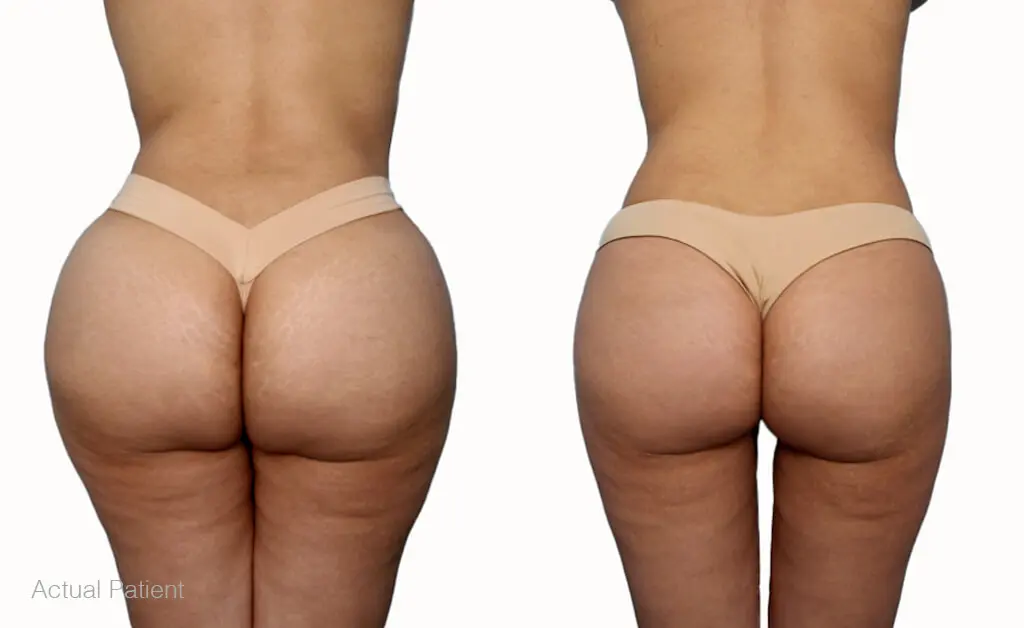
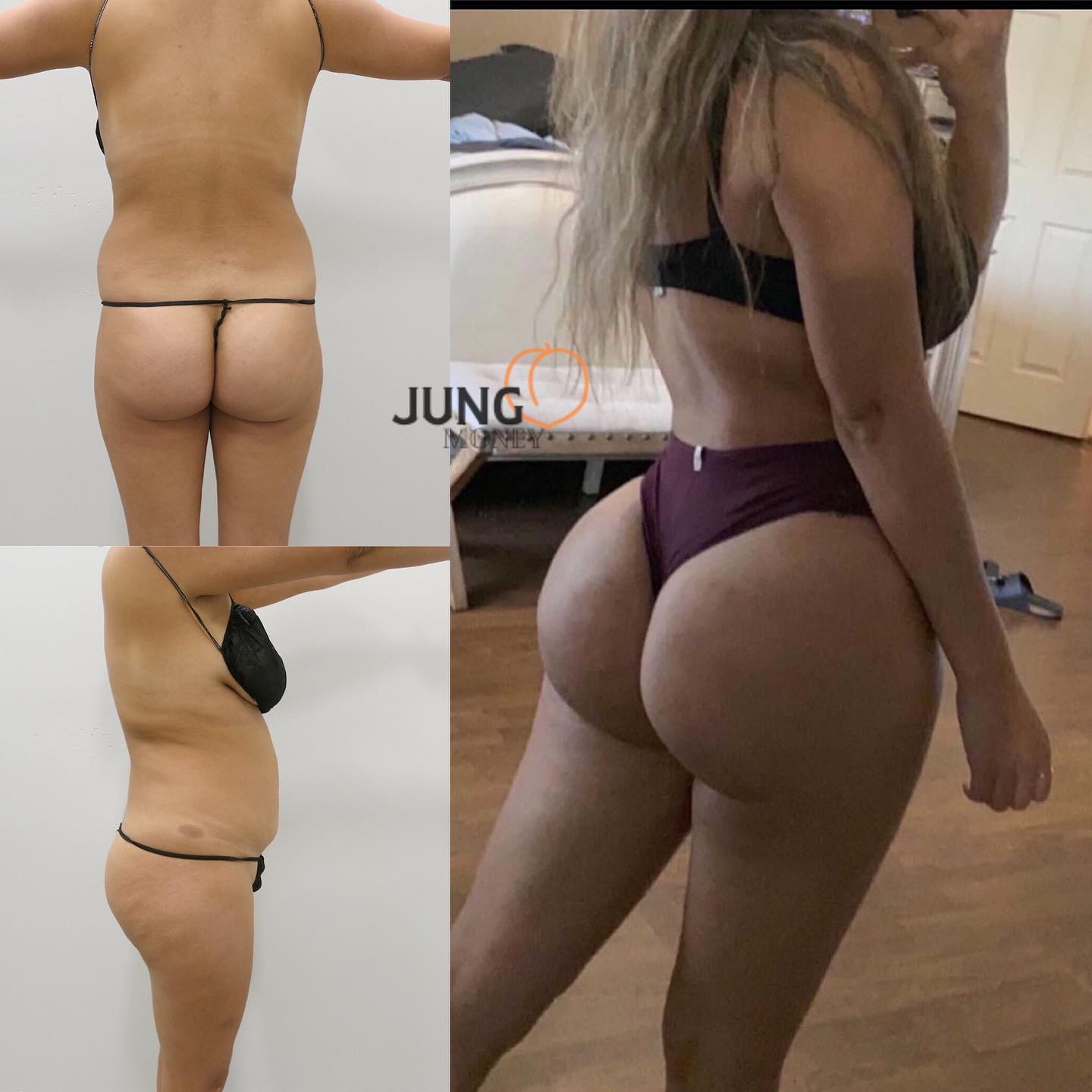
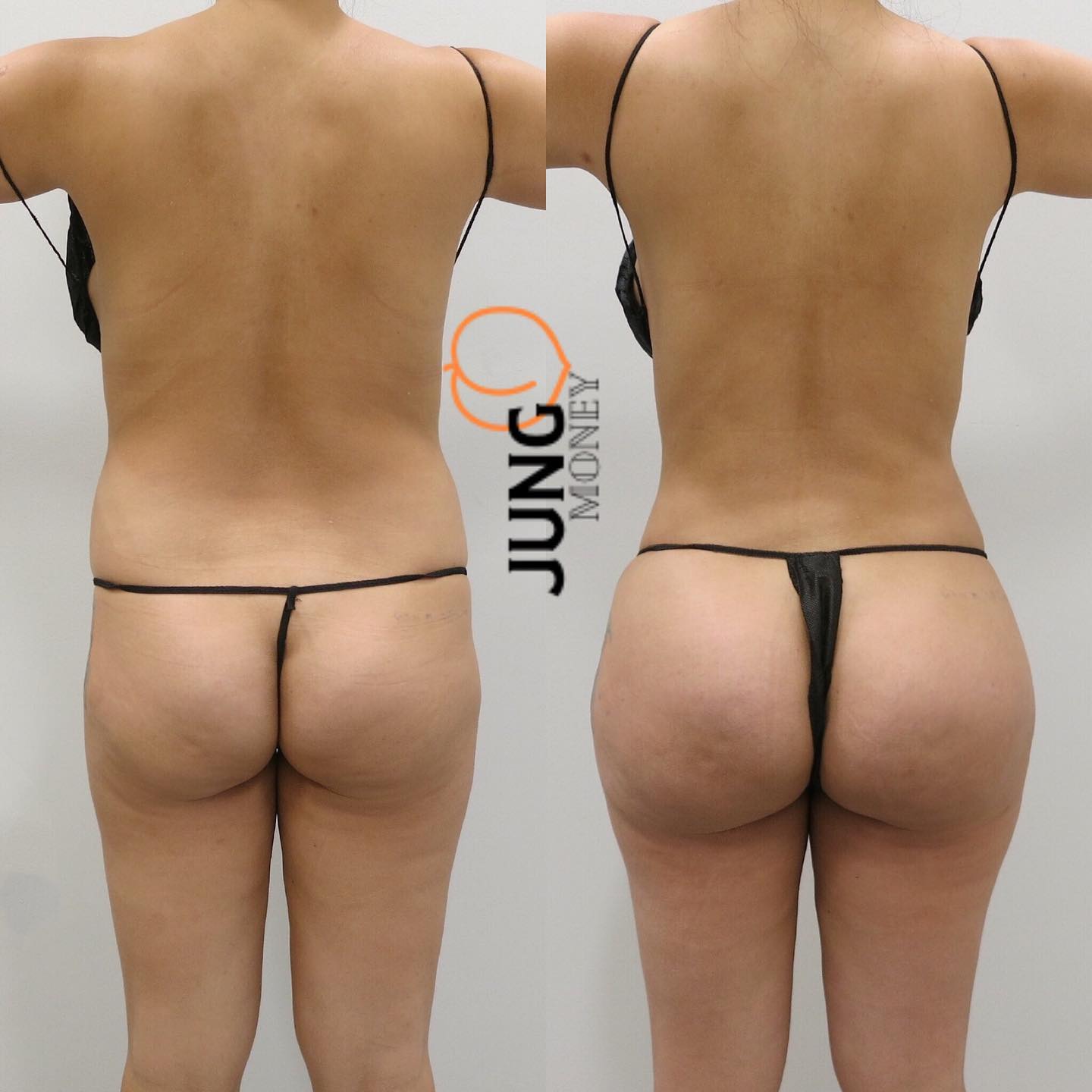
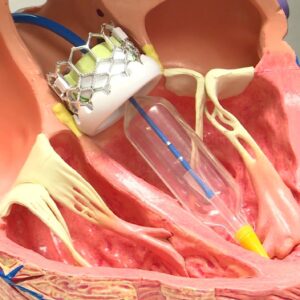


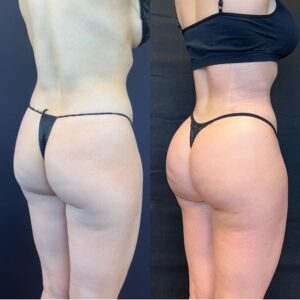
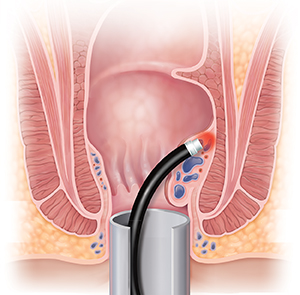

Reviews
There are no reviews yet.